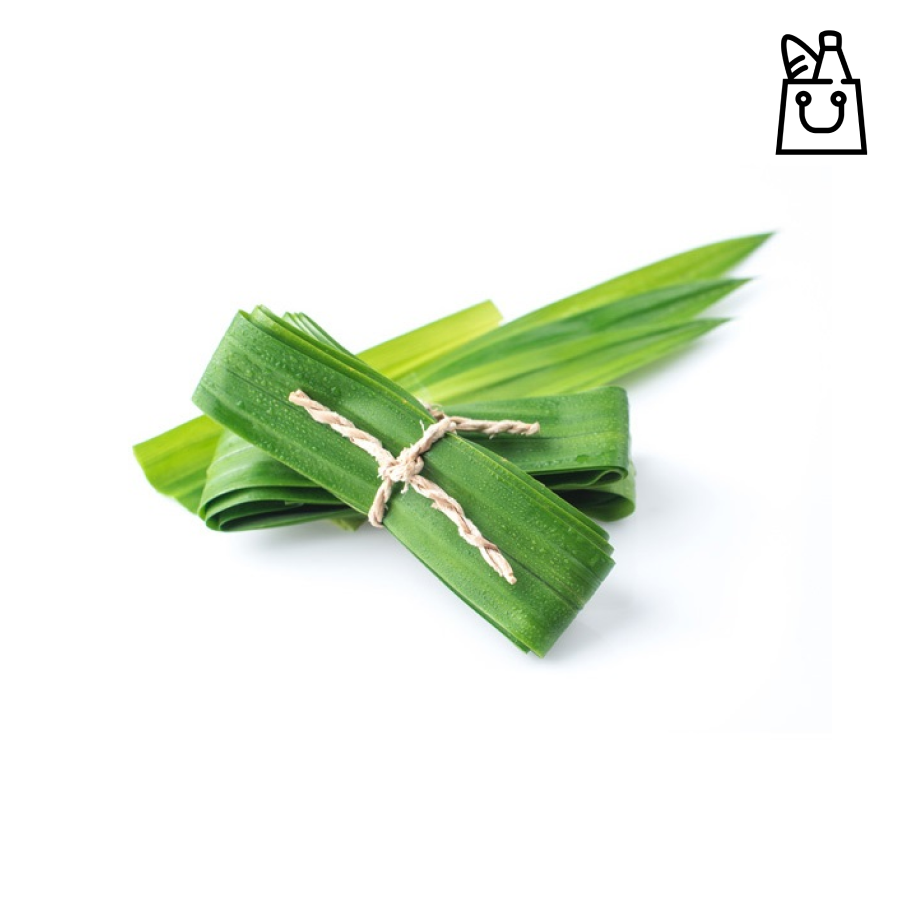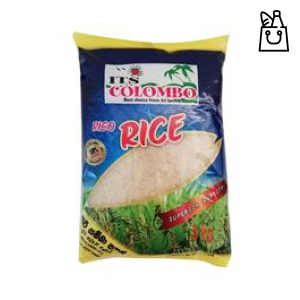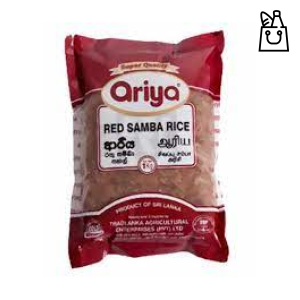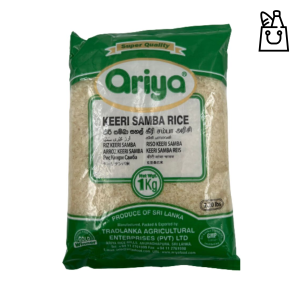- Appearance:
- Rampe leaves are long, slender, and lance-shaped. They are typically bright green and have a unique, spiral arrangement along the stem.
- Aroma:
- One of the key characteristics of rampe leaves is their strong, sweet fragrance. The leaves impart a pleasant, floral aroma to dishes when used in cooking.
- Flavor:
- Rampe leaves contribute a unique, mildly sweet, and aromatic flavor to foods. The flavor is subtle yet distinctive, enhancing the overall taste of dishes.
- Culinary Uses:
- Rampe leaves are often used in cooking to infuse a delightful aroma into various dishes, especially in Southeast Asian and Sri Lankan cuisines.
- They are commonly added to rice dishes, curries, coconut-based desserts, and savory preparations to enhance the flavor profile.
- Pandanus Water:
- Rampe leaves are sometimes used to make pandanus water. The leaves are crushed or tied into knots and added to water to extract their essence, which is then used to flavor beverages, desserts, or rice.
- Cultural Significance:
- Rampe leaves hold cultural significance in many Asian cuisines. They are considered an essential ingredient in certain traditional recipes and are often used in festive or celebratory dishes.
- Medicinal Uses:
- In traditional medicine, pandanus leaves are believed to have certain health benefits. They are sometimes used for their aromatic properties in herbal preparations.
- Availability:
- Rampe leaves are typically available in fresh form in markets where Southeast Asian or South Asian ingredients are sold. They can also be found frozen or dried, though fresh leaves are preferred for their optimal flavor.
Shopping Cart






Reviews
There are no reviews yet.